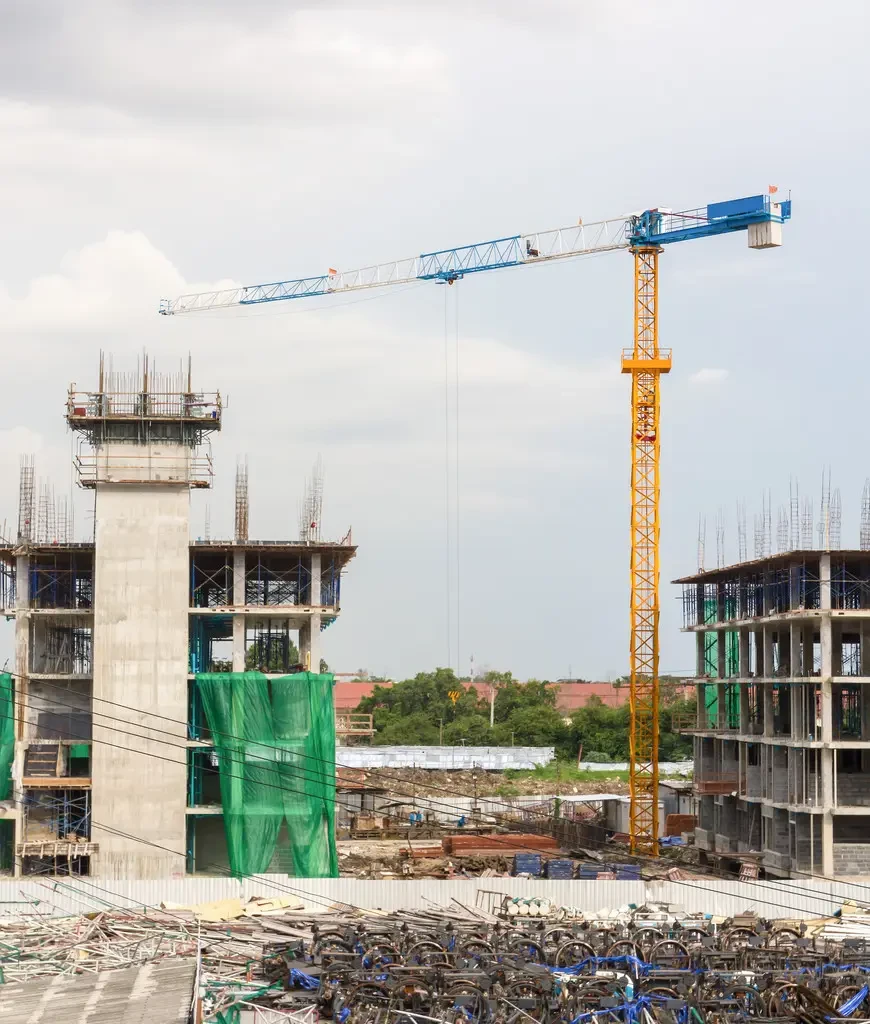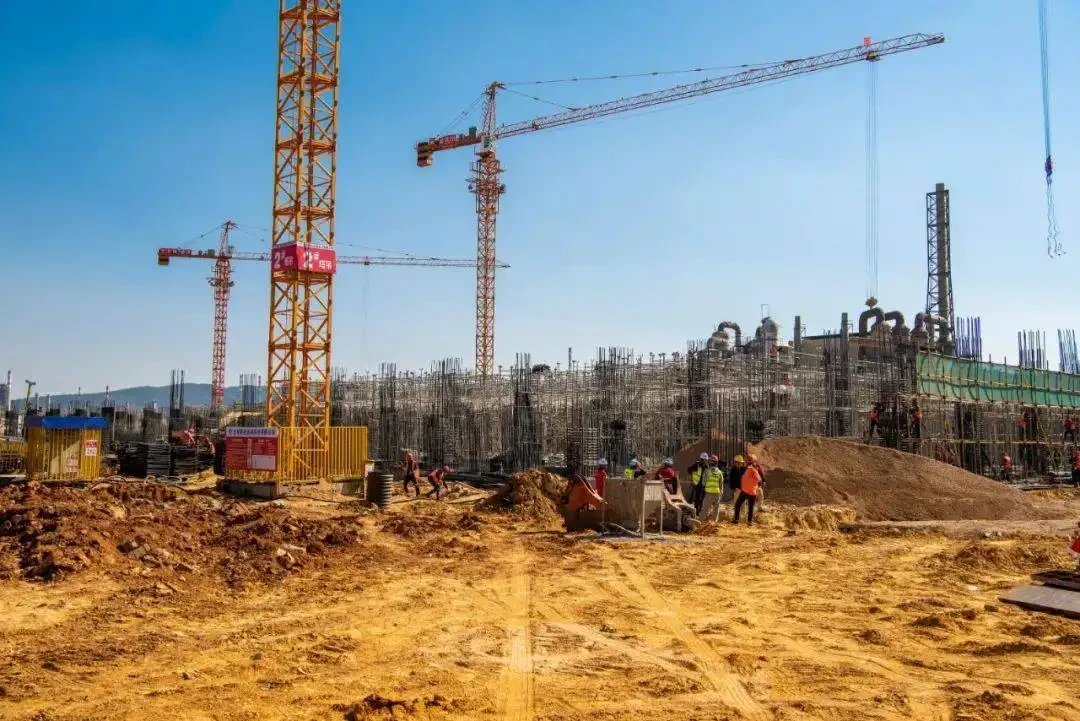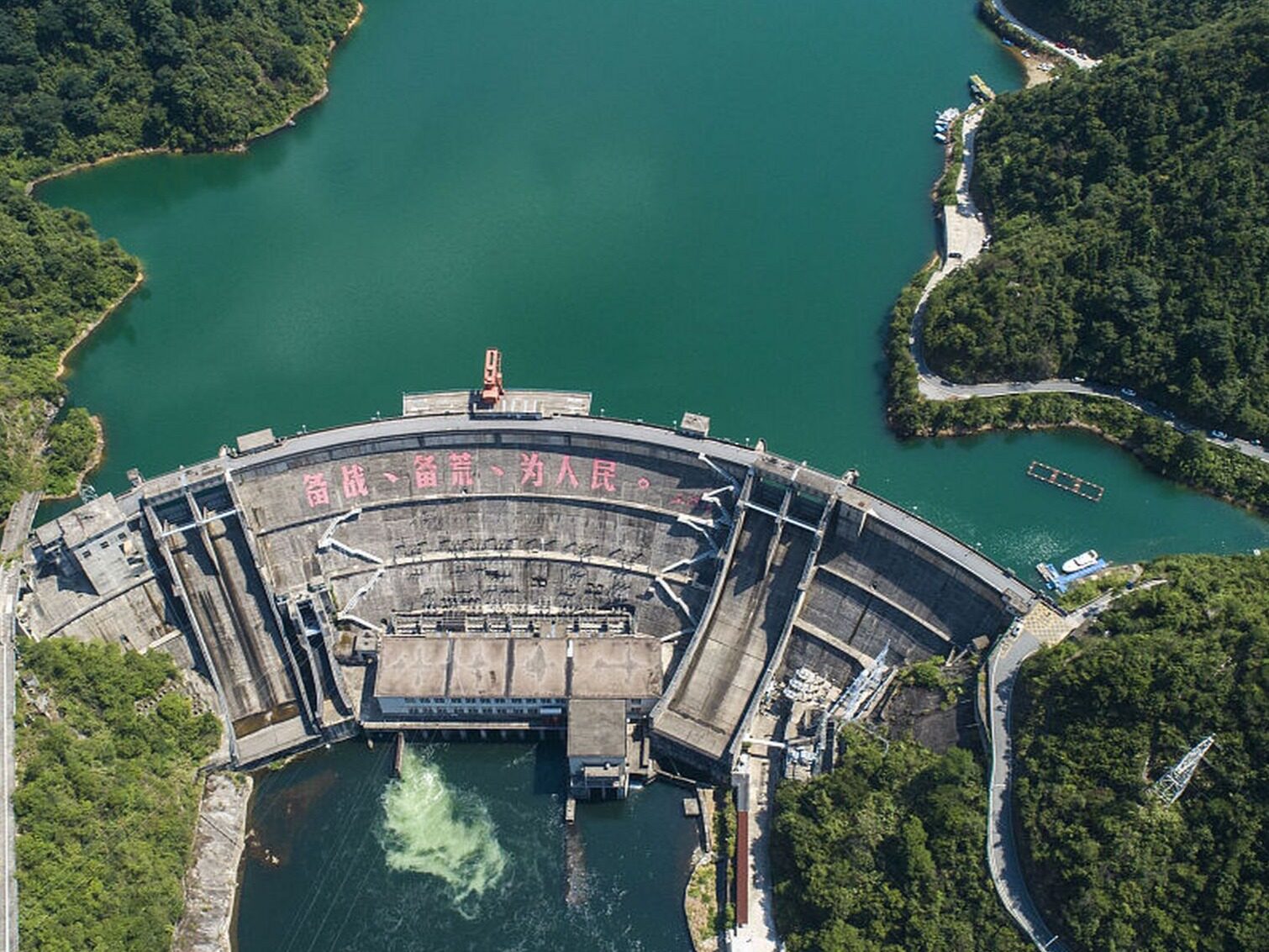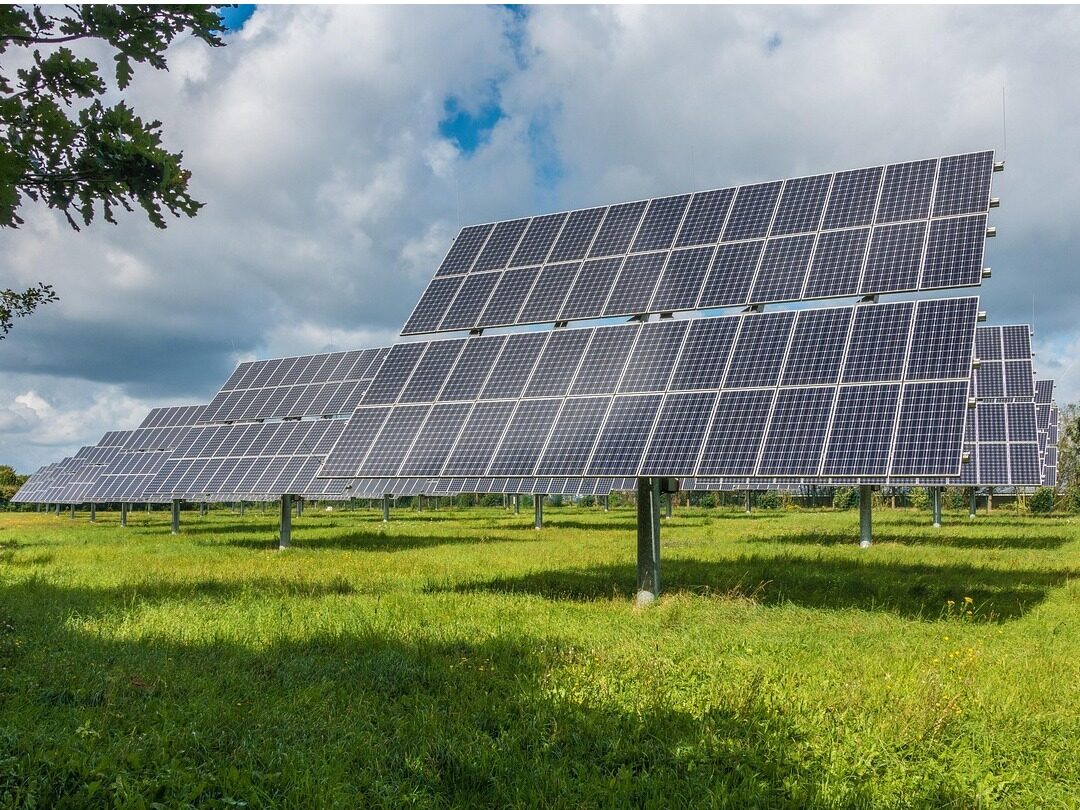- The excavator index reflects the status quo of China's infrastructure investment delayed under the influence of the epidemic

The global epidemic has gradually improved, the construction machinery market has begun to pick up, and sales are hot outside and cold inside. Excavator sales have always been regarded as an economic "barometer", and growth in excavator sales often means active infrastructure and strong investment. However, in March, which should be the peak season for construction machinery sales, the sales of excavators fell sharply year-on-year, and domestic sales even fell by more than 60%.
Recently, the reporter found that the decline in excavator sales to a certain extent reflects the current situation of delayed infrastructure construction under the influence of the current epidemic. It is related to multiple factors such as smooth lead to delayed delivery. In fact, the excavator industry also has a certain periodicity. At present, the "weak cycle" signal has begun to appear, but the short-term recovery of the excavator market does not fully represent the weakening of the macro economy, and the market still maintains the development trend of the follow-up infrastructure. A certain confidence.
As an important starting point for stable economic growth, infrastructure investment is being increasingly promoted. In the first quarter, major projects in many provinces across the country started one after another, and the State Council also requested that the remaining special debt quotas be released as soon as possible, in order to expand effective investment to stabilize the economy, and to form a physical workload as soon as possible. Many interviewees told that the supporting role of major projects on infrastructure investment will be significantly enhanced. Although the current impact of the epidemic has slowed down slightly, the overall project demand will only be delayed and will not decrease. The second quarter is the key window for stable growth. Major projects with obvious implementation conditions and economic and social benefits will be constructed at an accelerated pace and ahead of schedule.
Why did excavator sales decline?
Statistics from China Construction Machinery Industry Association of 26 excavator manufacturers show that in March, 37,085 excavators of various types were sold, a year-on-year decrease of 53.1%; of which 26,556 were domestic, a year-on-year decrease of 63.6%; and 10,529 were exported, a year-on-year increase of 73.5%. Lv Ying, deputy secretary-general of the association, told reporters that the high base in 2021 combined with the impact of the epidemic, poor logistics, delayed delivery and other factors, combined with a significant decline in domestic excavator sales in March.
"March is the traditional peak season for the domestic excavator market, but the heat in 2022 is obviously lower than expected. In addition to factors such as the availability of funds on the demand side and the deterioration of equipment settlement, the recent spread of the epidemic in many places has led to the shutdown of many projects, the decline in operating rates, and the decline in sales. It will take some time for the fall to stop and stabilize," said a construction machinery sales manager.

This is also reflected in the start-up data of some excavator brands. Komatsu's official website shows that after the year-on-year growth rate in February turned positive, the operating hours of Komatsu excavators in China in March was 101.2 hours, a year-on-year decrease of 16.9%, and the growth rate was once again. Negative growth.
"Demand is only stagnant by the epidemic and will not disappear. The transmission time from infrastructure construction to excavator sales is about 1-3 months, so the peak season of the industry may be postponed to May or June. The logic of the whole year is low and high. It hasn't changed," said the sales manager.
Lv Ying also pointed out that there are obvious cycles in the excavator industry. From 2017 to 2020, the domestic excavator sales continued to develop rapidly, with an annual year-on-year growth of more than 10%. After reaching the peak in March 2021, the trend of turning to the stock market is gradually obvious. This means that the situation of excavator sales as an economic "barometer" in the past few years may have changed, which only reflects the increase in market stock and does not substantially reflect the economic situation.
In addition, Lv Ying emphasized that domestic market demand is far from peaking. By the end of 2021, the number of excavators in my country exceeded 2 million units, more than the sum of other countries and regions in the world. However, from the perspective of the number of excavators owned per unit of construction industry output value, China is about 428 units per 1 billion US dollars, only Japan's 32%, there is still a lot of room for growth. "In the short term, the industry should seek growth from the stock market, accelerate digital, intelligent, green and energy-saving transformation, and shorten the renewal cycle of construction machinery. With the high-quality development of my country's economy and society, the needs of traditional infrastructure renewal and upgrading and the coverage of people's livelihood projects will also be expanded. Gradually transmitted to the construction machinery industry."
The decline in excavator sales has drawn attention to the investment situation in infrastructure
Under the guidance of the "moderately advanced infrastructure investment" policy, 2022 has been defined by many research institutions as the "big year for infrastructure construction", but from the current point of view, the progress of infrastructure construction is not ideal. According to Mysteel's incomplete statistics, in March, 16,740 projects were started across the country, down 18.2% month-on-month, with a total investment of nearly 7 trillion yuan. The investment amount of projects started in many places dropped to varying degrees year-on-month, but due to the impact of the epidemic, the The small central and western regions showed a significant increase.
Wu Chaoming, deputy director of the Caixin Research Institute, told reporters that the epidemic and cost factors may restrict the recovery of short-term infrastructure investment. On the one hand, the epidemic has affected the normal flow of people and logistics, which is not conducive to project site operations and material transportation, and has caused certain disturbances to the growth rate of infrastructure investment; Willingness at both ends restricts the recovery of infrastructure investment growth.
Chen Zhongtao, chief economist of the China Logistics Information Center, said that the proportion of companies reporting high logistics costs in March rose 7.5 percentage points from the previous month to 43%, the highest level in the past 10 years. Large and medium-sized enterprises in the upstream raw material industry often adopt closed management, with stable production but poor transportation and logistics, hindering the entry of raw materials, which seriously slows down the progress of infrastructure construction.

From March 30th to 31st, Centennial Construction Network surveyed 230 cement truck logistics companies and found that the trucking rate was 50.56%, the average daily freight volume was 43.88%, and the average freight in March increased by 9.7% month-on-month. The rate is the lowest in the country, only 28.8%. According to a building materials logistics company in Hebei, under normal circumstances, the trucking rate of cement automobile logistics enterprises can reach more than 70%, but at present, truck drivers in some areas are isolated at home or unwilling to accept orders for safety reasons.
The same is true for steel transportation. The person in charge of a steel trading company said that due to the impact of the epidemic, some steel mills stopped shipping, and the company's steel distribution business in Jilin, Tangshan, Langfang and other places was affected. The company's shipments in March were only a few Hundred tons, compared with thousands of tons in the same period of previous years.
In this regard, several national departments have recently issued documents, requiring all efforts to ensure the transportation of freight and logistics, especially medical and prevention and control materials, daily necessities, government reserves, postal express and other civilian materials, as well as agriculture, energy, raw materials, key industrial products and other important production materials transportation. unblocked.
At the same time, many respondents are generally confident that the follow-up infrastructure investment will maintain a relatively high growth rate. Wu Chaoming believes that since 2022, the policy will be strengthened and the efficiency will be improved. The characteristics of early start and early construction of infrastructure projects are still obvious. The growth rate of infrastructure investment in the first quarter is expected to remain around 8%.
Zhou Maohua, a macro researcher at the Financial Market Department of China Everbright Bank, said that infrastructure projects are basically order-based demand, which will not disappear due to the impact of the short-term epidemic, but more demand is delayed. After the domestic epidemic is gradually brought under control, the suppressed demand will be released at an accelerated rate.
Entering the second quarter, the news of the construction of major projects in various places has come out one after another. For example, on the first working day after the Qingming holiday, Henan held the fourth phase of the province's "three batches" project construction activities, which was further expanded compared with the third phase of the project. A total of 560 projects were signed, and 1,009 projects were started. 785 projects have been put into production, and the total investment of the projects under construction has reached 632.8 billion yuan. According to incomplete statistics, from April 1 to 15, Anhui, Heilongjiang, Henan, Inner Mongolia, Gansu, Chengdu-Chongqing Shuangcheng Economic Circle, Tianjin and other places announced a total of more than 4,500 major projects, with a total investment of more than 2 trillion Yuan.
Special Debt Landing to Support Investment
At the same time, as an important source of infrastructure investment funds, the issuance and use of new local bonds in 2022 will continue to accelerate. It is understood that at the end of 2021, the Ministry of Finance has already issued an additional special debt quota of 1.46 trillion yuan in 2022 in advance, and there are still 2.35 trillion yuan of remaining special debt quotas to be issued.
The executive meeting of the State Council on March 29 clearly requested that the remaining special debt quota should be released as soon as possible, and that it should be tilted towards regions with strong solvency and sufficient reserves of projects. The quota issued in advance in 2021 will be issued before the end of May, and the quota issued in 2022 will be issued before the end of September. Then on March 31, the National Development and Reform Commission also requested to do a good job in the preliminary work of the project, increase the guarantee of funds, land and other elements, speed up the construction of projects under construction, and form a physical workload as soon as possible.
Zhou Maohua pointed out that the domestic policy of stabilizing growth should be put forward to ensure that the economic operation in the first half of the year is within a reasonable range, and the issuance of local government special bonds is obviously ahead of schedule. It is necessary to keep the transmission chain of "fiscal policy signal → local bond issuance → financial fund allocation → project start → formation of physical workload" smooth. In 2022, "promoting the formation of physical workload" has been emphasized many times, which means that most of the funds will be invested in projects that can start as soon as possible, so as to avoid idle financial funds due to insufficient project preparation.
"Theoretically, after the issuance of funds, the construction can be started, and the growth rate of infrastructure investment will also be significantly accelerated." Zhou Maohua said.

In order to further accelerate the issuance and use of special bonds, Song Qichao, head of the Budget Department of the Ministry of Finance and director of the Government Debt Research and Evaluation Center, stated at the press conference of the State Council Information Office on April 13 that all localities have been requested to promptly contact relevant working institutions of the Standing Committee of the Provincial People's Congress. Communicate, implement legal procedures such as budget adjustment as soon as possible, and break down the new government debt limit issued at the end of March to cities and counties as soon as possible according to the procedures. According to data from the Ministry of Finance, as of the end of March 2022, all provinces have basically organized the issuance of advance quotas, with a cumulative issuance of about 1.25 trillion yuan, accounting for 86% of the advance quotas, making it the fastest year in history.
Wang Xiaolong, director of the Treasury Department of the Ministry of Finance, said that although the epidemic situation in various places has recently been characterized by multiple, widespread and frequent occurrences, all localities have overcome difficulties and accelerated the construction of infrastructure projects. For projects supported by special bond funds issued in 2022, preliminary statistics show that the operating rate has reached 75%.
Looking further, among the 1.25 trillion yuan of new special bonds issued, 415.7 billion yuan for municipal and industrial park infrastructure, 231.6 billion yuan for transportation infrastructure, 225.1 billion yuan for social undertakings, 201.6 billion yuan for affordable housing projects, and 201.6 billion yuan for agriculture and forestry. 100.4 billion yuan for water conservancy, 46.8 billion yuan for ecological and environmental protection, and 25.1 billion yuan for logistics infrastructure such as energy and urban and rural cold chain. Luo Zhiheng, chief economist of Yuekai Securities, said that since 2022, the investment direction of special debt funds has become more clear and optimized, the support for infrastructure has been improved, and more attention has been paid to industrial guidance, new energy, new infrastructure, biomedicine, and digital economy. Wait for the highlight. In the first quarter, the proportion of investment in infrastructure-related fields reached 61.6%, an increase of 2.3 percentage points over the whole year of 2021, which is related to fiscal efforts to stabilize infrastructure. Keywords: infrastructure, infrastructure construction, domestic engineering news, planning and investment
Wu Yaping, director of the Institutional Policy Office of the Investment Research Institute of the National Development and Reform Commission, pointed out in an interview that traditional infrastructure is still the main part of infrastructure investment, with the main goal of improving people's livelihood and "stable growth", while new infrastructure can connect consumption and investment, and even create Emerging consumption has a relatively large multiplier effect, so moderately advancing new infrastructure investment has a good effect, and it is also an organic combination of cross-cyclical and counter-cyclical adjustment.
Wu Chaoming believes that thanks to positive factors such as the increase in the amount and quality of funds, the advancement of project construction, and the advancement of construction progress, it is expected that the growth rate of infrastructure investment will continue to pick up in the second quarter. On the one hand, major projects in the provinces in 2022 will start or be announced 1-2 months earlier than in 2021, and there is a high probability that new or under-construction projects will start in the second quarter; on the other hand, the progress of major local projects in 2022 will be accelerated. Appropriately advanced, the supporting role of major projects on infrastructure investment will be significantly stronger than in previous years. The second quarter will be a key window for stabilizing growth, and major projects that meet the conditions for implementation and have obvious economic and social benefits will be built ahead of schedule. Editor / Xu Shengpeng
Comment
 Praise
Praise
 Collect
Collect
 Comment
Comment
 Search
Search














Write something~